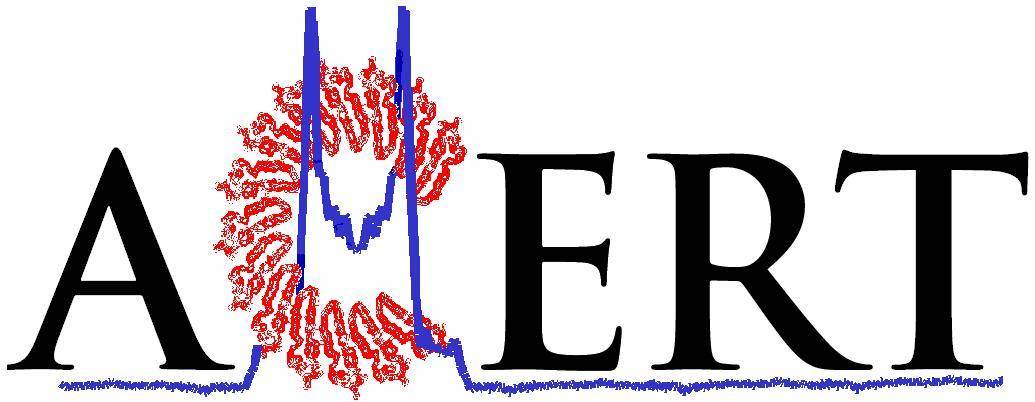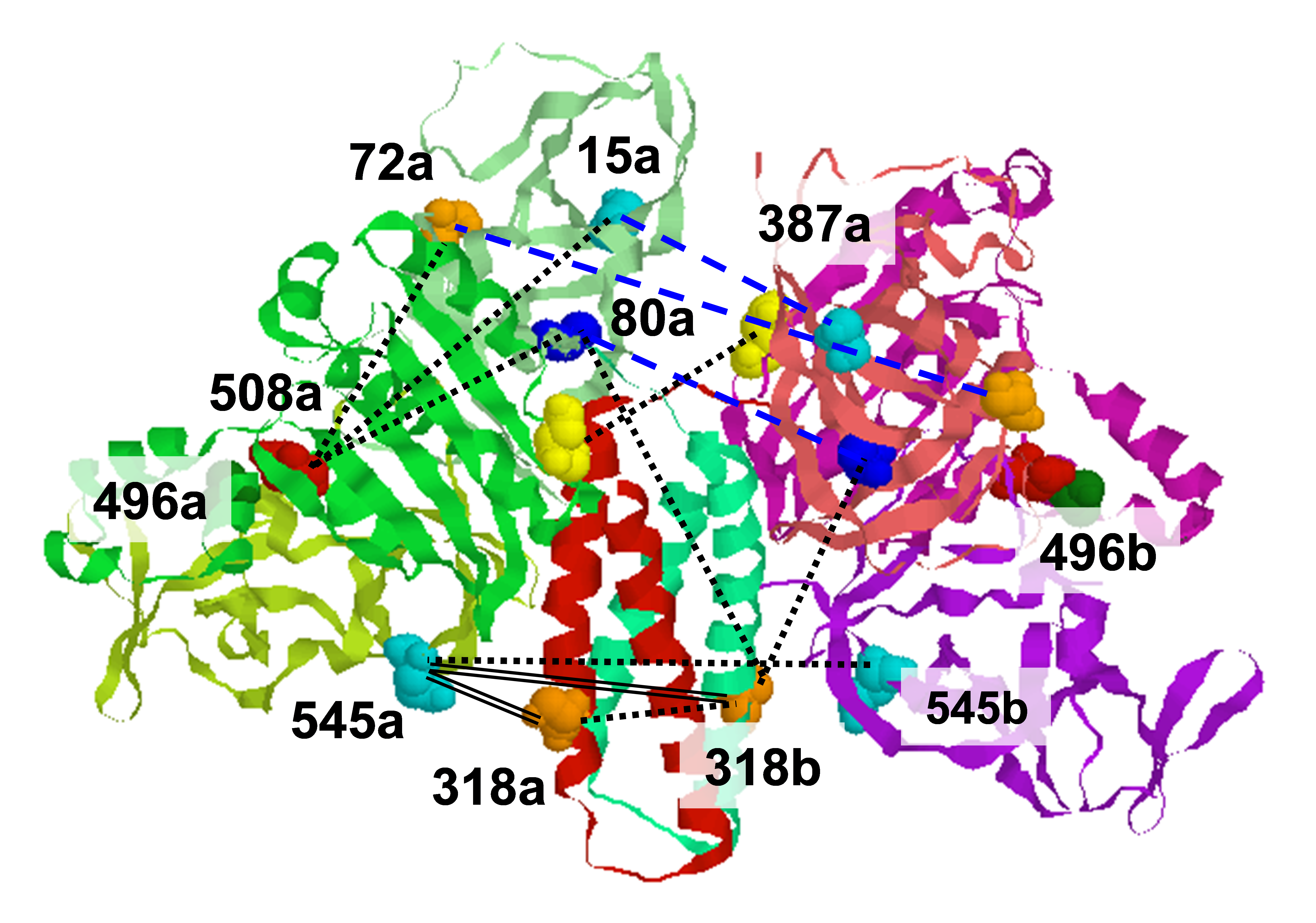.svg) National Institute of General Medical Sciences |
 |
 |
National Biomedical Resource for |
| ACERT's Service and Collaborative Projects | |
Coronaviruses are a major infectious disease threat, and include the zoonotic-origin human pathogens SARS-CoV-2, SARS-CoV, and MERS-CoV (SARS-2, SARS-1, and MERS). Entry of coronaviruses into host cells is mediated by the spike (S) protein, which is structurally characterized as a class I viral fusion protein, within the same group as influenza virus and HIV. In our previous ESR studies, the local membrane ordering effect of various viruses including SARS-1 and MERS has been consistently observed. We previously determined that the sequence immediately downstream from the S2' cleavage site is the bona fide SARS-1 fusion peptide (FP), and proposed an extended fusion "platform" model. In this study, we used sequence alignment to identify the SARS-2 FP, and studied its membrane ordering effect. We found by ESR that although there is a difference of only three residues, the SARS-2 FP induces even greater membrane ordering than the SARS-1 FP, possibly due to its greater hydrophobicity. This may be a reason that SARS-2 is better able to infect host cells. Both the membrane ordering of SARS-2 and SARS-1 FPs are dependent on Ca2+, but that of SARS-2 shows a greater response to the presence of Ca2+. The SARS-2 FP binds two Ca2+ ions, one each in its FP1 and FP2 domains, as does SARS-1 FP, but the cooperativity of the two Ca2+ binding sites of SARS-2 is greater. This Ca2+ dependence by the SARS-2 FP is very ion-specific. These results show that Ca2+ is an important regulator that interacts with the SARS-2 FP and thus plays a significant role in SARS-2 viral entry. This could lead to therapeutic solutions that either target the FP-calcium interaction or block the Ca2+ channel, and also repurpose already-approved drugs for the ongoing COVID-19 pandemic. Publication: J. Mol. Biol. 433, 166946 (2021); PMC7969826. |
|
|
|
| Alex Liqi Lai and Jack H. Freed (ACERT) | |
|
|
About ACERT Contact Us |
Research |
Outreach |
ACERT is supported by grant 1R24GM146107 from the National Institute of General Medical Sciences (NIGMS), part of the National Institutes of Health. |
|||||
| ||||||||